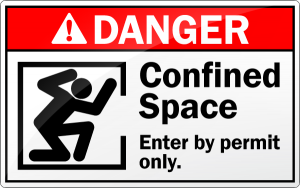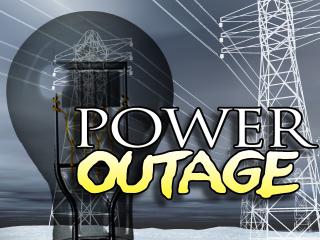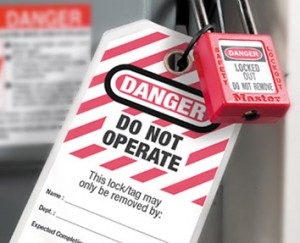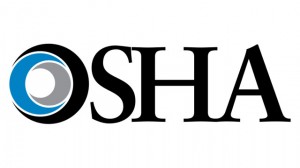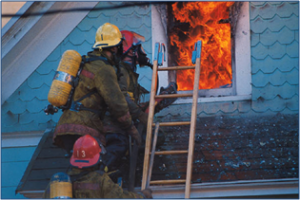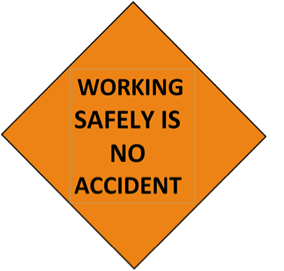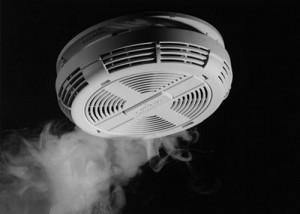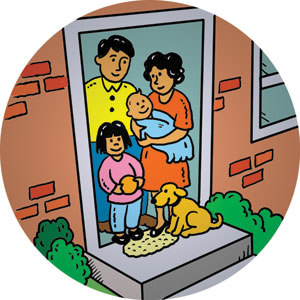 Many unintentional injuries and deaths are related to the home and its environment. Within the home, more than 11,000 people are estimated to die each year from preventable unintentional injuries, including falls, fires, drownings, and poisonings.
Many unintentional injuries and deaths are related to the home and its environment. Within the home, more than 11,000 people are estimated to die each year from preventable unintentional injuries, including falls, fires, drownings, and poisonings.
Health and Safety Tips:
Prevent falls:
- Install grab bars in showers and tubs.
- Use nonslip mats in bathtubs and showers.
- Install stair rails.
- Have good lighting.
- Keep stairs in good repair.
- Keep stairs free of clutter.
- Use safety gates in homes with young children.
Prevent fire-related injuries:
- Keep flammable objects away from the stove.
- Make sure every bedroom has two exits in case of fire.
- Practice your fire escape plan.
- Install smoke alarms on every floor, including basements, and change the batteries at least once a year.
Prevent drowning:
- Supervise young children in bathtubs.
- Always watch young children while they are swimming or playing in or around water.
- Teach your children to swim and about water and pool safety rules.
via CDC – Healthy Homes | Health Topics | Injury Prevention.

